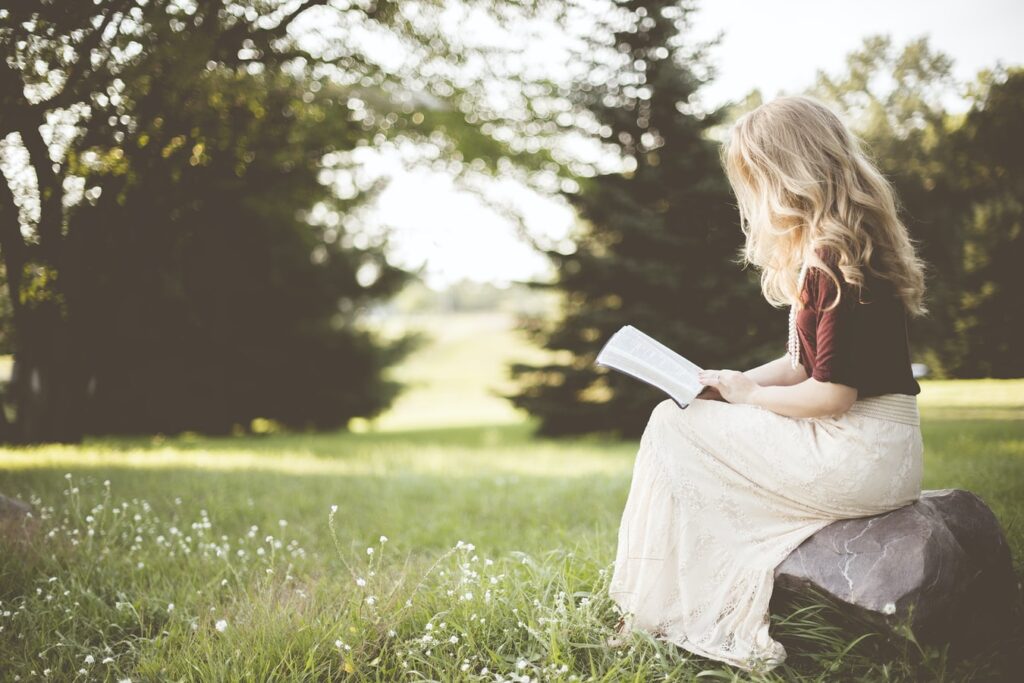
15 Classic Japanese Books and Literary Masterpieces You Can’t Miss
I think most learners of Japanese could agree that reading is one of the biggest hurdles to overcome on the journey to fluency.
But where to start? Well… right here!
This post will guide you through how to learn Japanese using 15 classic books.
Contents
- 1. 枕草子 (“The Pillow Book”) by Sei Shonagon
- 2. 源氏物語 (“The Tale of Genji”) by Murasaki Shikibu
- 3. 吾輩は猫である (“I Am A Cat”) by Soseki Natsume
- 4. 雪国 (“Snow Country”) by Kawabata Yasunari
- 5. “1Q84” by Murakami Haruki
- 6. 人間失格 (“No Longer Human”) by Dazai Osamu
- 7. おくのほそ道 (“The Narrow Road to the Deep North/Oku”) by Bashō Matsuo
- 8. 平家物語 (“The Tale of the Heike”)
- 9. 細雪 (“The Makioka Sisters”) by Tanizaki Jun’ichirō
- 10. 銀河鉄道の夜 (“Night on the Galactic Railroad”) by Miyazawa Kenji
- 11. 五輪書 (“The Book of Five Rings”) by Miyamoto Musashi
- 12. 豊饒の海 (“The Sea of Fertility”) by Mishima Yukio
- 13. 羅生門 (“Rashomon and Other Stories”) by Akutagawa Ryunosuke
- 14. こころ (“Kokoro”) by Soseki Natsume
- 15. 女坂 (“The Waiting Years”) by Enchi Fumiko
- How to Read Classic Japanese Books
- And One More Thing...
Download: This blog post is available as a convenient and portable PDF that you can take anywhere. Click here to get a copy. (Download)
1. 枕草子 (“The Pillow Book”) by Sei Shonagon
Buy on Amazon: Japanese | English
“The Pillow Book” is an exquisitely poetic memoir, written by one of the Empress’s ladies-in-waiting during the Heian period of Japan—way back in the early 1000s.
The writing flows from poetry to languid descriptions of festivals, celebrations, moments in nature and scenes of giggling women playing games together and flirting with noblemen through paper screens.
The idyllic scenes in the book are made all the more poignant when you remember the often violent political turmoil that was actually going on in the imperial court at the time. The writer determinedly keeps the tone light, humorous and focused on beauty.
You can read the book in Japanese, but be aware that the language is archaic (it was written in the 11th century, don’t forget). A great backup plan is to also read the English translation, or keep it on hand for quick reference.
2. 源氏物語 (“The Tale of Genji”) by Murasaki Shikibu
Buy on Amazon: Japanese | English
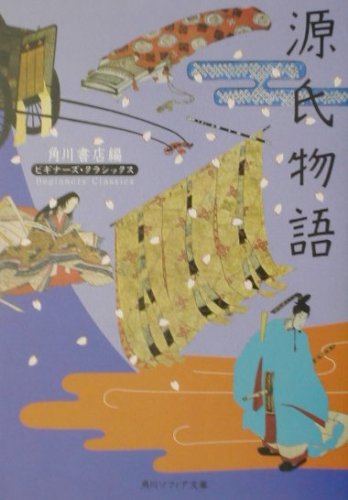 Considered the quintessential Japanese novel, “The Tale of Genji” may have actually been the first novel ever written.
Considered the quintessential Japanese novel, “The Tale of Genji” may have actually been the first novel ever written.
Murasaki Shikibu was a contemporary of Sei Shonagon, and they wrote their works at about the same time in Japanese history, during the Heian period in the early 1000s.
The epic novel follows Genji, son of the Emperor, through family dramas, love affairs and political turmoil in exquisitely evocative language.
3. 吾輩は猫である (“I Am A Cat”) by Soseki Natsume
Buy on Amazon: Japanese | English
A house cat that doesn’t have a name and has never caught a mouse narrates this classic novel, which observes and satirizes the upper-middle class in Japan during the Meiji period.
The world-weary and sardonic kitten enjoys whimsical adventures and describes fumbling attempts to mix Western culture with Japanese tradition, as well as men’s feeble mimicry of Western customs and practices.
While the novel still reads in quite old-fashioned language (it was written between the years of 1905 and 1906), it was originally published as a serial. Each chapter can stand alone as a single short story, making it easy to divide into manageable “chunks.”
4. 雪国 (“Snow Country”) by Kawabata Yasunari
Buy on Amazon: Japanese | English
Stark and tragic, “Snow Country” follows the doomed love affair between the male protagonist, a wealthy loner from Tokyo, and a provincial geisha in the 温泉 (おんせん, hot springs) town of Yuzawa. The failure of this affair, and the part played by other characters in this failure, is the thematic focus of this novel.
“Snow Country” is one of three novels cited in awarding Kawabata the Nobel Prize for Literature in 1968.
5. “1Q84” by Murakami Haruki
Buy on Amazon: Japanese | English
There are, of course, many contemporary classic novels written in Japanese, and I couldn’t resist including one in this list.
A fantastical novel of epic proportions, “1Q84” covers themes of gender violence, religious fervor, murder, true love, history and storytelling, all explored in a world that’s like our own, but with terrifying distortions.
The two protagonists find themselves separately shifted into an alternate reality: a fictionalized year 1984, which is being terrorized and gradually overtaken by evil supernatural forces. The protagonists gradually move toward each other as they wade through this mysterious version of reality.
It’s an exciting, surreal, sometimes shocking novel, and is considered by many to be Murakami’s magnum opus. It dissects Japanese contemporary society and makes for a truly gripping read.
If jumping right into this novel seems a bit intimidating, you can check out essays by Murakami’s on White Rabbit Japan that have been specially selected for Japanese learners, along with plenty of other reading material for all levels.
6. 人間失格 (“No Longer Human”) by Dazai Osamu
Buy on Amazon: Japanese | English
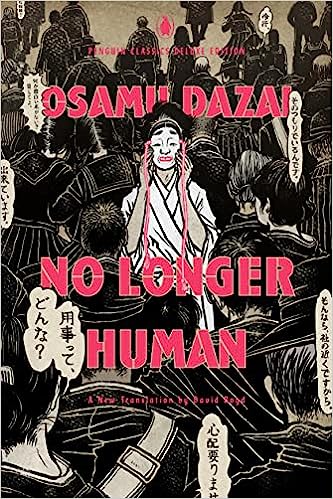
An unapologetically depressing novel, “No Longer Human” follows the life of a troubled young man as he struggles to interact with his world. However, he is constantly burdened by a feeling of ostracism and low self-esteem, which deepens his lack of connection to society around him.
Although the character is fictional, much of the plot’s elements mirror the life events and thoughts of writer Dazai Osamu himself. Although he was, and still is, considered one of the greatest Japanese writers of his time, he too led a life haunted by demons and ultimately died young.
While it’s not the happiest story, I think the novel is significant in providing a sincere portrait of the darkness lurking in the human condition. One can argue that its themes are even more relevant to today’s times, if we were to consider the rising sense of social disconnect and isolation around the world.
7. おくのほそ道 (“The Narrow Road to the Deep North/Oku”) by Bashō Matsuo
Buy on Amazon: Japanese | English
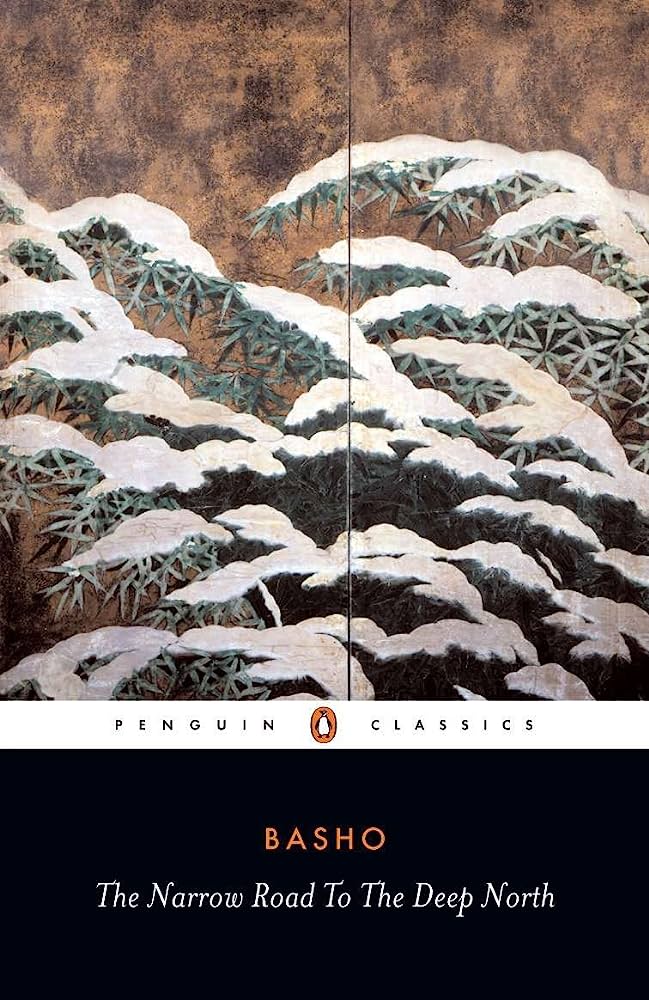
You probably know what a haiku is… but do you know the individual considered to be the “greatest haiku master”?
That title often falls to Bashō Matsuo, an eminent Japanese poet of the Edo period. “The Narrow Road to the Deep North” is a collection of his diary entries as he travels to (you guessed it) northern Japan. Within these entries are many of his most beloved poems, each capturing an insightful snapshot of his observations in context with his dynamic surroundings.
The text was first published in 1694 and was very popular then. It’s now considered a classical masterpiece that exhibits refreshingly light and to the point poetry. I guarantee you won’t look at the modest haiku the same way again once you see how much imagery Bashō can express in so few syllables.
8. 平家物語 (“The Tale of the Heike”)
Buy on Amazon: Japanese | English
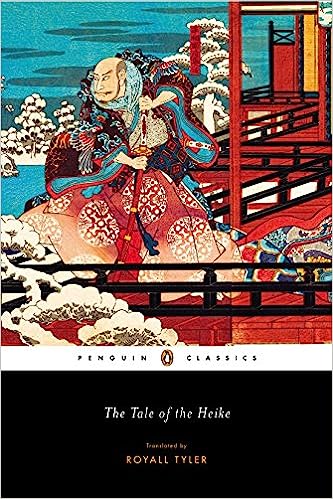
Frequently considered the Japanese equivalent to Homer’s “The Iliad,” “The Tale of the Heike” is an epic retelling of the 12th-century civil war between the Taira (Heike) and Minamoto (Genji) clans. The battles concluded with the establishment of the Kamakura shogunate rule, which enforced military rule and diminished the power of the Japanese emperor.
Besides being a historical account, it’s also a fantastic study of traditional Japanese warrior values.
It’s generally accepted that the original tale (in its various forms) has no one author, as it was initially recounted orally. It’s only later that someone, supposedly a priest named Yukinaga, penned the story to paper.
If you’re at all interested in samurai culture and ethics, then “The Tale of the Heike” is a must-read. However, the tale isn’t just one of guts and glory. Indeed, it also possesses a certain elegance in the way it depicts battlefield honor and the sorrow of transience and loss.
9. 細雪 (“The Makioka Sisters”) by Tanizaki Jun’ichirō
Buy on Amazon: Japanese | English
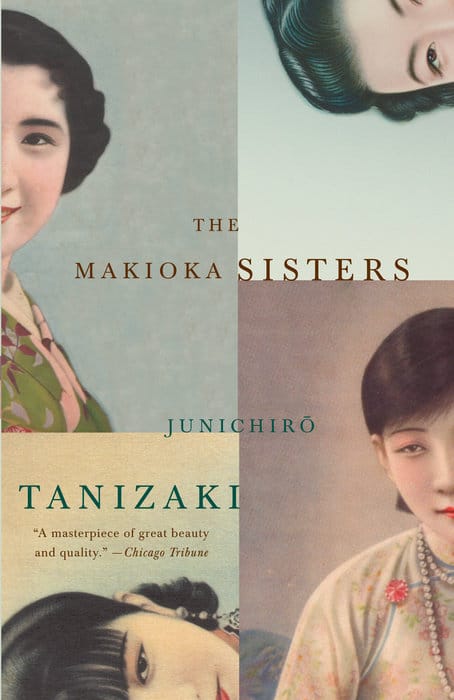
Born to wealth, four orphaned sisters are threatened with declining finances and social status amidst the changing times. The plot focuses on the women’s attempts to find a husband for the third sister, the shy Yukiko. Meanwhile, the youngest sister Taeko continuously stirs trouble with her rebellious nature.
It’s important to note that the novel takes place in the years prior to World War II. This period was of great significance to the Japanese populace, and the distinguished writer Tanizaki Jun’ichirō (who was alive before and after the war) was very attuned to the upheavals that had occurred during that time.
Besides familial drama, the core themes of the story include the mourning of fading tradition, as well as the struggle to adapt to cultural flux.
10. 銀河鉄道の夜 (“Night on the Galactic Railroad”) by Miyazawa Kenji
Buy on Amazon: Japanese | English
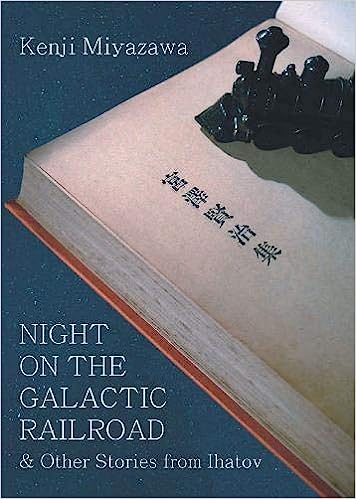
Written by beloved children’s writer Miyazawa Kenji, “Night on the Galactic Railroad” is about a young boy named Giovanni and his classmate Campanella as they ride a mysterious train that travels through the galaxy. The plot brims with ethereal joy and wonder, but it’s also tinged with a lingering sorrow. I won’t say anything further, as more details can edge a little too close to spoiler territory.
This story is one of my personal favorites. Having read it when I was quite young (indeed, near the age of the protagonists themselves), it left quite an impact on me that I still feel today.
“Night on the Galactic Railroad” is a cherished classic, enough to have been adapted into an anime (featuring the lead characters as cats). I recommend you read the novel first before watching the anime, which can provide more visuals to the fascinating scenes described in text.
11. 五輪書 (“The Book of Five Rings”) by Miyamoto Musashi
Buy on Amazon: Japanese | English
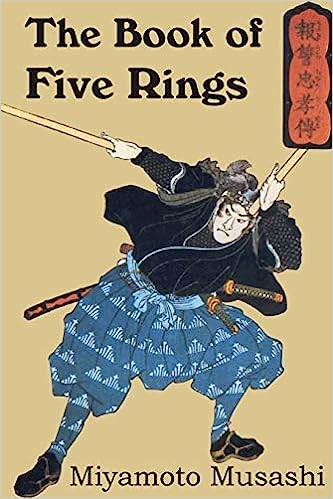
There’s always a battle to be fought, but what’s the best approach to quickly and efficiently defeat your enemy? Few can answer that question better than Miyamoto Musashi, a legendary samurai who barely knew defeat.
He wrote “The Book of Five Rings” while living and musing in a cave. It was meant to be a technical and philosophical guide on swordsmanship and combat strategy. However, his wisdom and teachings have been utilized in other battlefields, such as that of a business meeting.
Even if you’re not interested in swords and fighting, this essential text is very much worth the read. You can apply many of the famed warrior’s concepts to everyday (and bloodless) matters and choices, scenarios in which your ideal temperament is that of calm and vigilance.
12. 豊饒の海 (“The Sea of Fertility”) by Mishima Yukio
Buy Book 1 on Amazon: Japanese | English
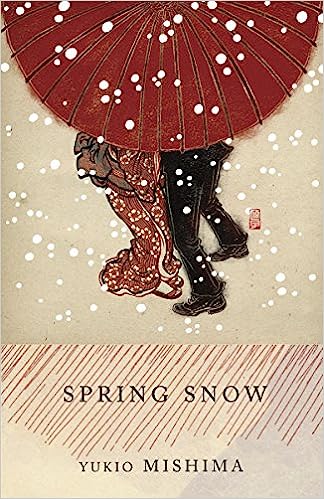
It’s an understatement to say that Mishima Yukio was an interesting person. As a writer, filmmaker, actor and model, he certainly had a deep appreciation of the arts. However, he also harbored radical political views. These eventually spurred him to attempt a failed coup that ended in his seppuku-based suicide.
“The Sea of Fertility” is a tetralogy focusing on the efforts of Honda Shigekuni to save the supposed reincarnations of his friend Matsugae Kiyoaki. In order, the four books are: “Spring Snow,” “Runaway Horses,” “The Temple of Dawn” and “The Decay of the Angel.”
Reading the books, you’ll notice a number of themes that are reflective of Mishima Yukio’s own spiritual and political beliefs. It’s a long ride getting through each novel, but I think you’ll be fully impressed by not just the literary plot, but also Mishima’s staunch attitude when it comes to what makes a meaningful life.
13. 羅生門 (“Rashomon and Other Stories”) by Akutagawa Ryunosuke
Buy on Amazon: Japanese | English
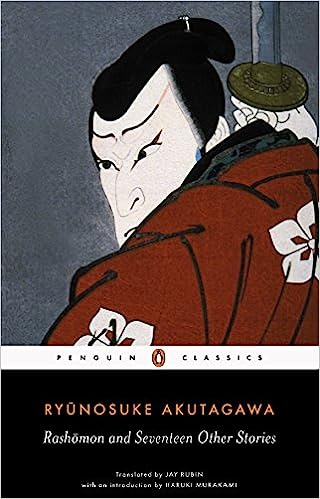
Known for his mastery of the short story format, Akutagawa Ryunosuke was a greatly talented writer with a lasting legacy. His literary work went on to inspire other contemporaries and creatives of current times, and one of Japan’s most coveted fiction literature awards is named after him.
Many of his best works are available in the form of compilations. “Rashōmon” is one of his best known stories, describing an encounter between two survival-driven individuals who argue about the moralistic value of their choices. Other popular classics include “Kappa” (in which a psychiatric patient recounts a spectacular meeting with mythological creatures) and “In a Grove” (which was later adapted by renowned filmmaker Akira Kurosawa).
You can’t just stop with one Akutagawa story. There’s a captivating weirdness to his writing that works excellently in his attempts to capture the bizarre, often contradictory whims of humans.
14. こころ (“Kokoro”) by Soseki Natsume
Buy on Amazon: Japanese | English
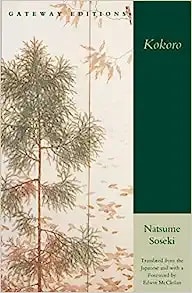
When translated literally, the word kokoro has a meaning equivalent to “heart.” However, it figuratively means something much more—often, it refers to the overall essence of something. It’s a fitting word to use as the title of what is Soseki Natsume’s most famous work, often considered his masterpiece.
The story details the encounters between a young man and an older mysterious gentleman, which all take place against a backdrop of a Japan that’s reached the end of the Meiji era. The plot isn’t rife with action, but it certainly describes conflict, especially within the individual self.
Written in 1914, “Kokoro” is a quiet, emotive novel that pays careful attention to its historical context. It touches upon the changes experienced by Japanese society as the country began its deep slide into modernism.
15. 女坂 (“The Waiting Years”) by Enchi Fumiko
Buy on Amazon: Japanese | English
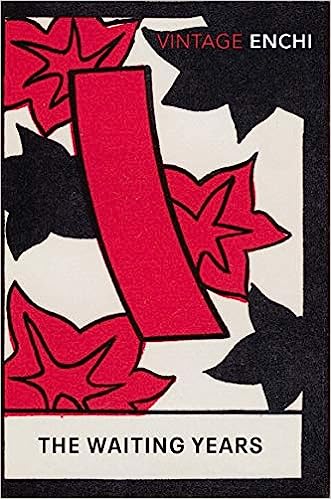
During a time in which the Japanese literary world was dominated by men, Enchi Fumiko stood out as an eminent female author who wrote deep and powerful stories using a woman’s perspective. Her 1957 work, “The Waiting Years,” details the life of Tomo, the wife of an arrogant husband who has ordered her to find a new maid. However, this mission is a farce—what he truly seeks is a new lover to suit his adulterous proclivities.
Based partially on the hardships experienced by Enchi’s own grandmother, the novel depicts the oppressive stereotypes faced by Japanese women back in the day. The patriarchal system had reinforced the idea that a woman should be faithful and accommodating to men, especially her husband.
“The Waiting Years” was awarded the Noma Prize, which is considered Japan’s top literary award.
How to Read Classic Japanese Books
First reading: Read for gist
Most of the time when we read in our native language, we read by scanning—chances are you’re doing it right now.
We scan texts for the information we really need in order to save time, maybe going back to read interesting or important parts in more detail later.
Few people have the confidence to read like this in their learned language, but it’s an essential skill if you ever hope to become fluent.
So when you pick up your classic Japanese novel, settle on a “chunk” that you’re going to read that day—it could be a paragraph or an entire chapter. Commit to reading this “chunk” all the way through, three times.
The first time you read your chunk, try to read as quickly as possible. Skim over anything you don’t know, and instead focus only on the basic meaning of the passage.
The first time you read, you have one mission: Simply put, you must find out what on Earth is going on.
Second reading: Read for specific information
This time, you can slow down a bit and focus a little more on the words in the passage. You want to find out a little more information about what’s going on, but you still need not let yourself be bogged down by complex grammar or scary strings of kanji.
Instead, focus on finding out about the story. What happens to each character in this passage? If there’s dialogue, is it tense, amicable or neutral? Is there conflict, or a sense that conflict is coming soon?
You may like to underline, highlight or note down any language you don’t know, so that you can return to it later.
Third reading: Read for vocab, kanji and grammar
Finally, you can focus on any remaining language issues.
Now that you know the story of the passage so well, give yourself one last challenge. See if you can’t attempt to guess the meaning of the vocab or kanji characters in question, simply from the context.
Now’s also a good time to move away from the book and reinforce your learning in other ways.
Did you learn a new grammar concept? Use it in a sentence with your language exchange partner or ask for clarification on how to properly use it—here are some phrases you can use to ask what something means in Japanese.
Found a new vocabulary word? Try to look it up and see what you find! Aside from traditional dictionary apps, another resource would be FluentU’s Japanese program, where you can type in Japanese words and then watch Japanese videos where the word is used.
FluentU takes authentic videos—like music videos, movie trailers, news and inspiring talks—and turns them into personalized language learning lessons.
You can try FluentU for free for 2 weeks. Check out the website or download the iOS app or Android app.
P.S. Click here to take advantage of our current sale! (Expires at the end of this month.)

Now you can go make yourself a cup of tea and give yourself a pat on the back. You’re reading Japanese!
Reading is, without a doubt, one of the most challenging aspects of learning Japanese. However, given how much good literature has been written in Japanese, reading novels is one of the best ways to learn about the language and culture.
By practicing reading for gist, specific information and detailed language, you’ll improve your reading ability rapidly.
Before you know it, you’ll be scanning menus, street signs and the back covers of even more great Japanese novels!
Download: This blog post is available as a convenient and portable PDF that you can take anywhere. Click here to get a copy. (Download)
And One More Thing...
If you love learning Japanese with authentic materials, then I should also tell you more about FluentU.
FluentU naturally and gradually eases you into learning Japanese language and culture. You'll learn real Japanese as it's spoken in real life.
FluentU has a broad range of contemporary videos as you'll see below:

FluentU makes these native Japanese videos approachable through interactive transcripts. Tap on any word to look it up instantly.

All definitions have multiple examples, and they're written for Japanese learners like you. Tap to add words you'd like to review to a vocab list.

And FluentU has a learn mode which turns every video into a language learning lesson. You can always swipe left or right to see more examples.

The best part? FluentU keeps track of your vocabulary, and gives you extra practice with difficult words. It'll even remind you when it’s time to review what you’ve learned. You'll have a 100% personalized experience.
Start using the FluentU website on your computer or tablet or, better yet, download the FluentU app from the iTunes or Google Play store. Click here to take advantage of our current sale! (Expires at the end of this month.)


![Snow Country (Kadokawa Bunko) (2013) ISBN: 4041008468 [Japanese Import] Snow Country (Kadokawa Bunko) (2013) ISBN: 4041008468 [Japanese Import]](https://m.media-amazon.com/images/I/51vuga-GhmL.jpg)



